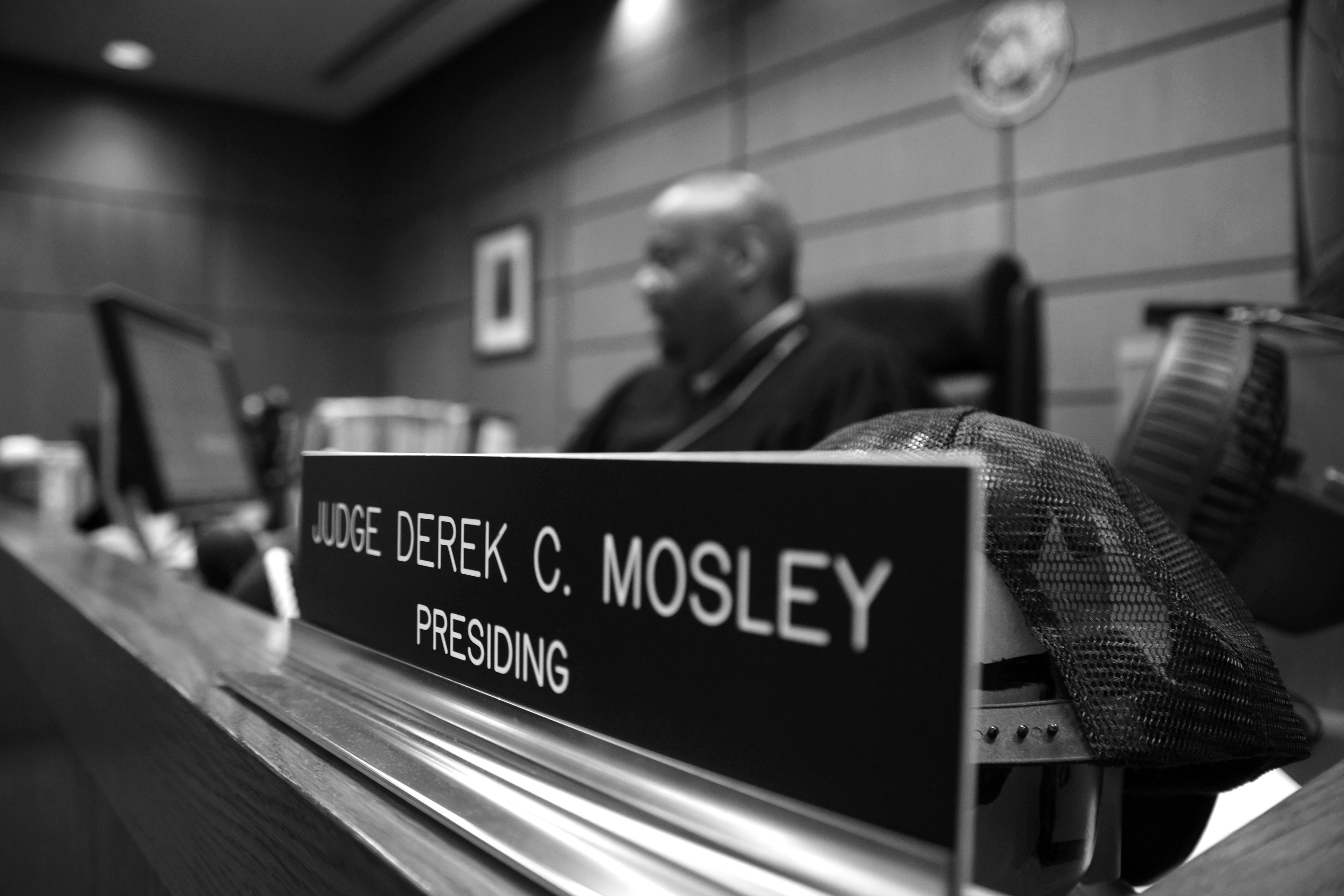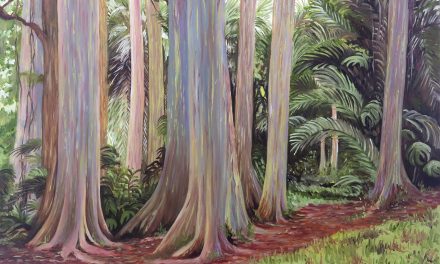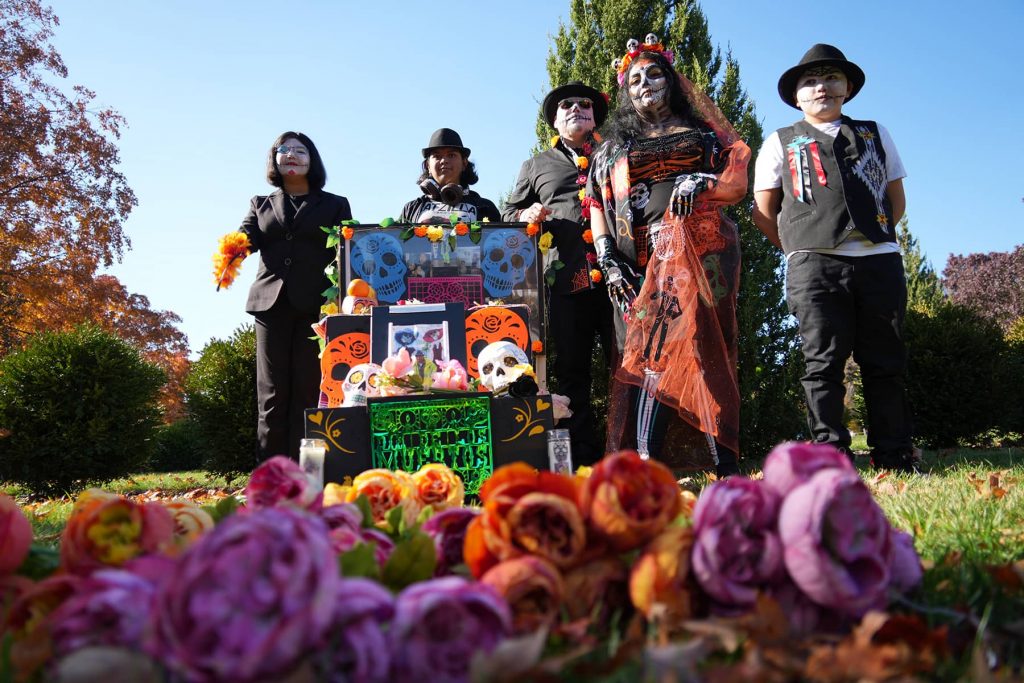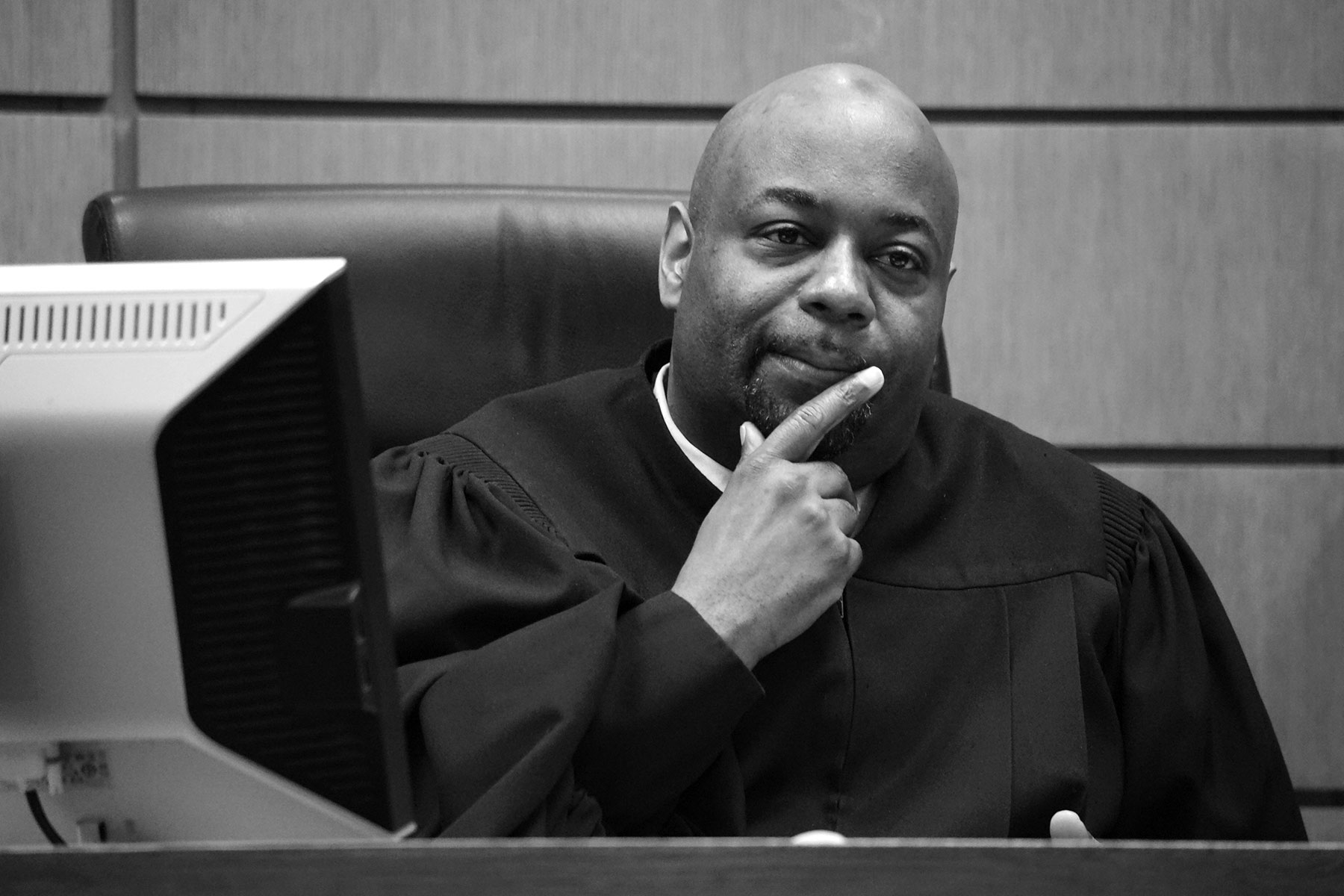
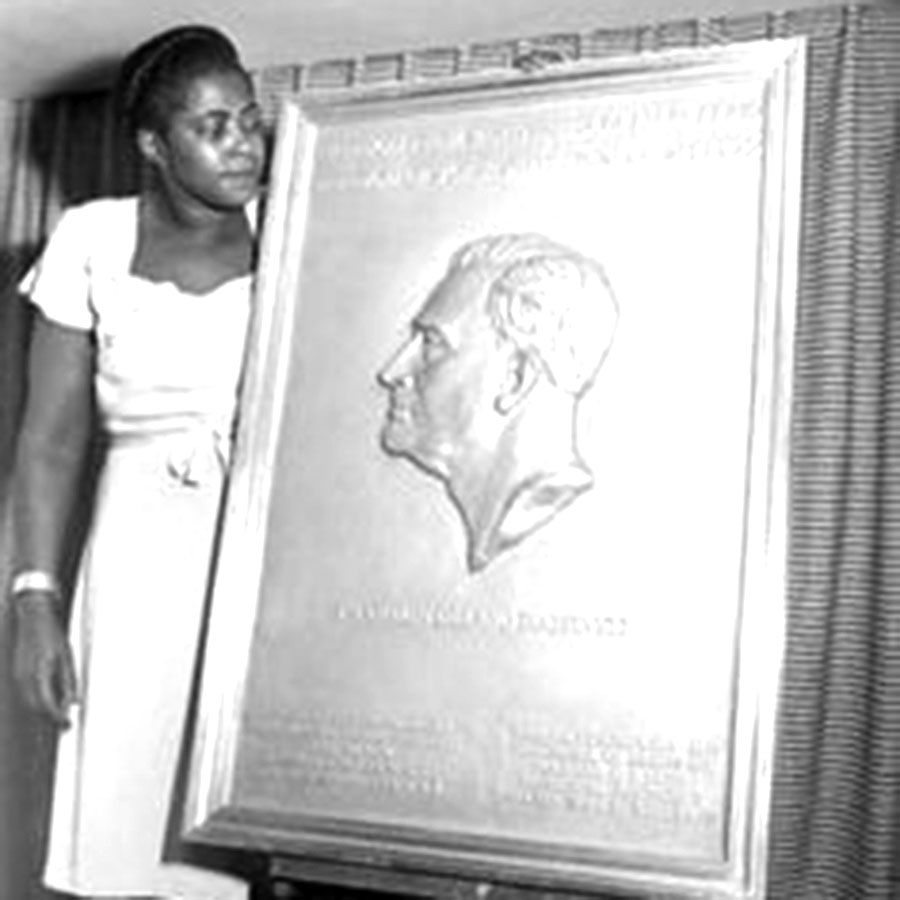
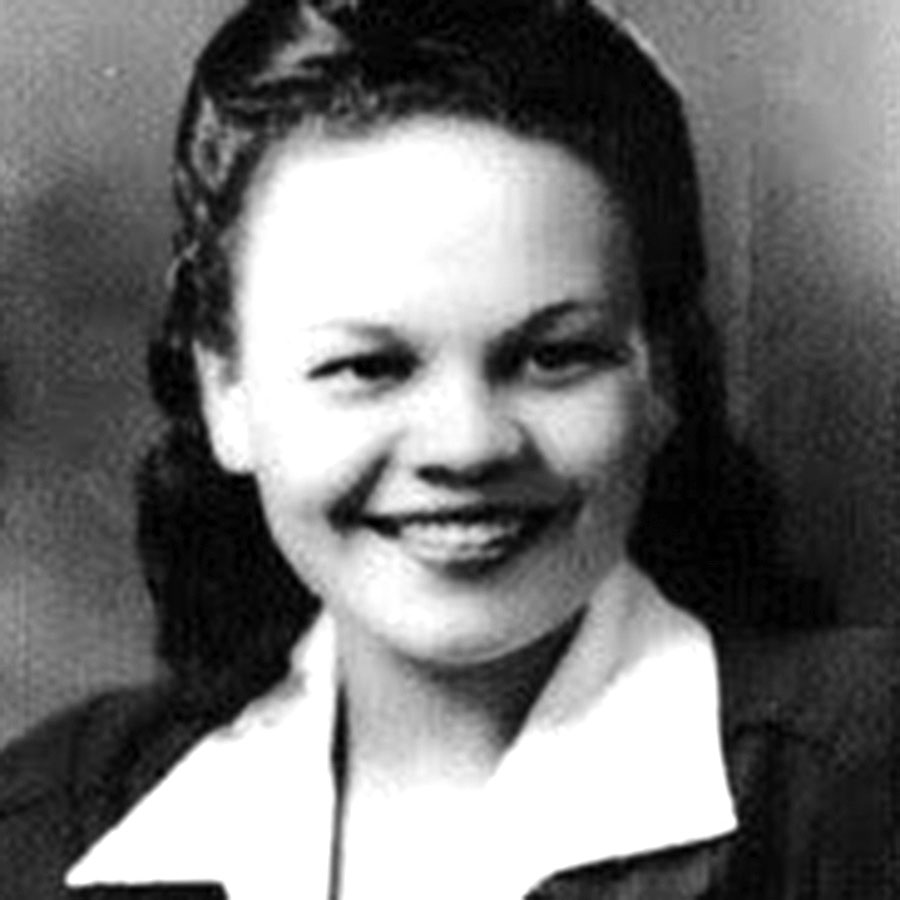
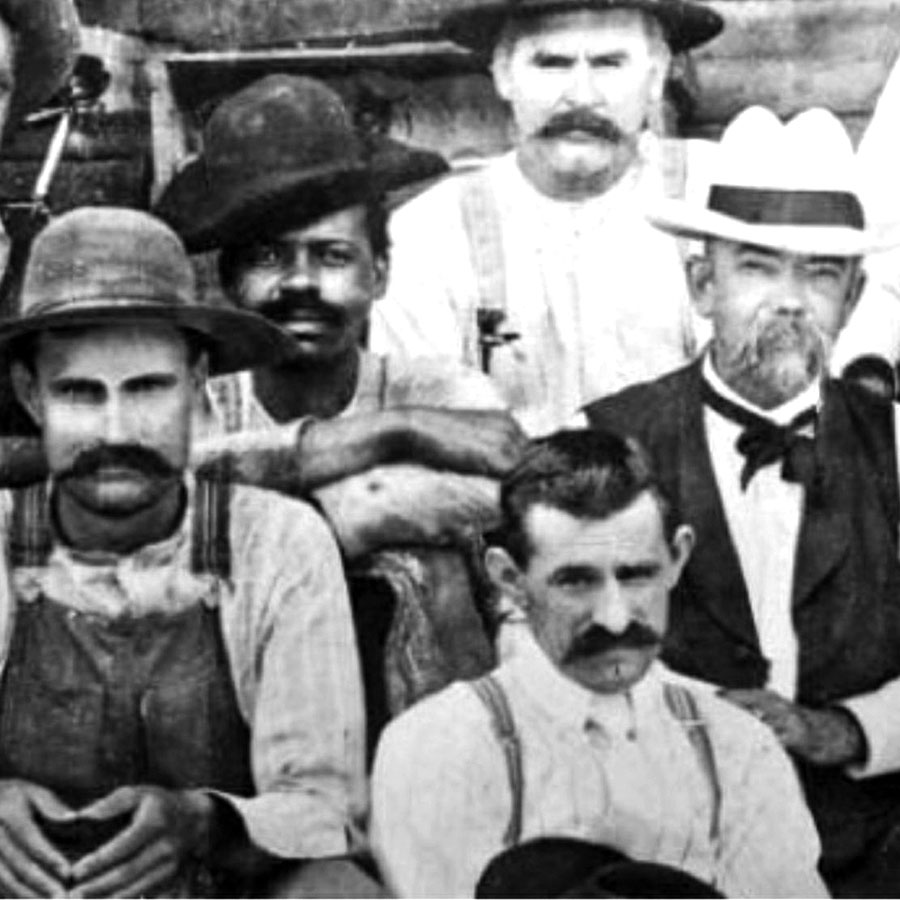
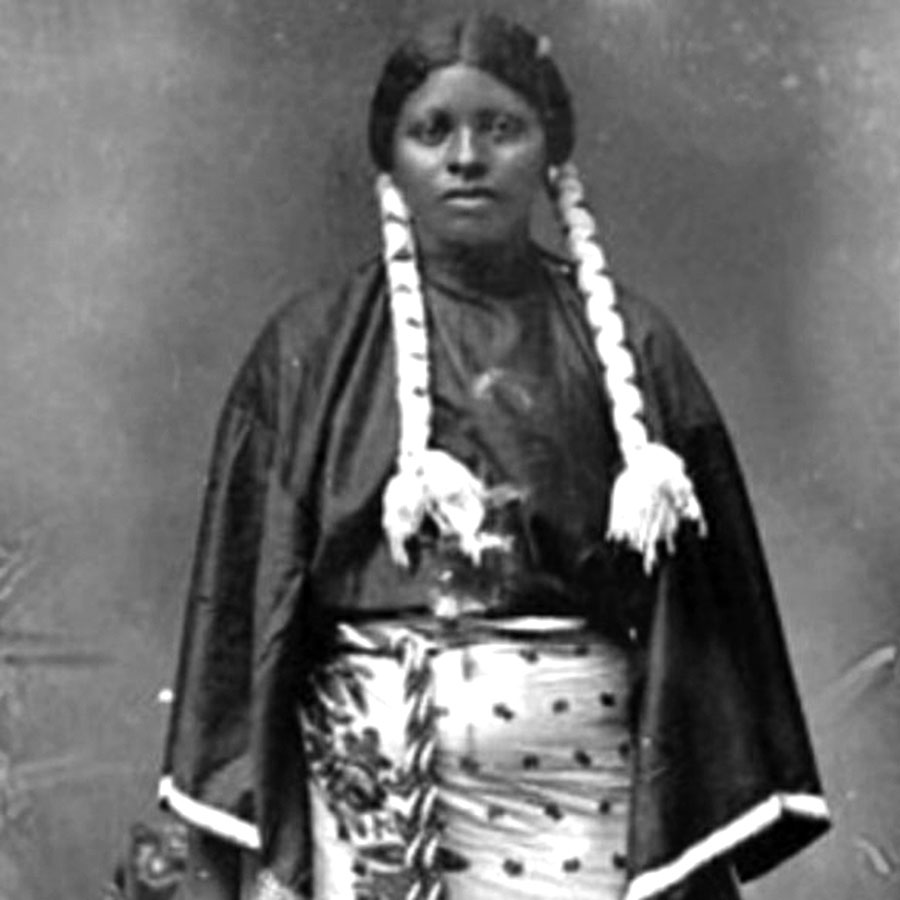
For the 9th year, the Honorable Judge Derek Mosley has leveraged the reach of Facebook to share stories of black empowerment during Black History Month.
The daily historical reminders offered an important view of American history not taught as part of the standard public education system. The impact of Facebook comes from the real-time delivery of messages. One of the weakness, however, is finding posts from the past after time and a volume of subsequent discussions have swallowed them. Therefore, Judge Mosley’s entire month of lessons for February 2018, in chronological order, has been compiled here for future reference.
January 31: Black History Month 2018 Facebook Post
Tomorrow begins Black History Month. As many of you know, I will be featuring one Black History fact a day for 28 days. Some you may know, some may be new to you, but all I ask is that you share each one on your Facebook page. If these facts aren’t taught in school, at least we can share them on social media and tell these wonderful and sometimes tragic stories. Just to show the power of social media, a fact I shared two years ago about Henrietta Lacks, was shared over 80,000 times. Black History is US History and we should all learn and share our history. #blackhistorymonth
February 1: Black History Month 2018 Facebook Post
Lady Red Tail – Everybody knows the famed Tuskegee Airmen, but did you know there were women pilots as well. Mildred Hemmons Carter, was among the first women to earn a pilot’s license from Tuskegee Institute’s civilian air training school. The school became legendary with the success of the Tuskegee Airmen (Red Tails) in World War II. With 150 hours of flight time logged, Carter had been given the title of “Miss Tuskegee Army Flying School” by her colleagues at Tuskegee Air Field. It was always Carter’s dream to have an aviation career, but women were not allowed to join combat during WWII. Although she was responsible for training some of the pilots at the air field, she was not able to fly with the Military. White women however were allowed to fly, “ferrying” planes from factories to airfields as part of the Women’s Air Force Service Pilots organization (WASP), which was an all-white female service group during World War II. Although she applied and met all the qualifications to join the WASPs, she was rejected because she was black. Carter never flew for the Military, but continued to train pilots for most of her life. Some 70 years after she earned her pilot’s license, she received a letter from the government. She read it with astonishment, she had been declared a member of the WASPs and given a medal with the inscription: “The First Women in History to Fly America.” At the age of 90, Mildred Hemmons Carter passed away. History has largely forgotten her, but on this first day of Black History Month, I honor Mildred Hemmons Carter – The Lady Red Tail.
February 2: Black History Month 2018 Facebook Post
Does this image look familiar? It was created by Selma Burke (1900-1995), an African American sculptor who in 1943 won a competition sponsored by the Fine Arts Commission for the District of Columbia to make a sculpture of President Franklin D. Roosevelt. Her completed bronze plaque of FDR can be seen at the Recorder of Deeds Building in Washington, D.C. The image she created was adopted by the US Mint and is currently on United States dimes. Unfortunately, since John Sinnock was the Chief Engraver of the United States Mint at the time, and placed the image on the coin, he was given credit for the image. Only recently has her contribution been recognized. On this second day of Black History Month, I ask you to take a look at the dime, and honor Ms. Selma Burke’s work.
February 3: Black History Month 2018 Facebook Post
Nathan “Nearest” Green – The slave that taught Jack Daniels how to make whiskey. In the 1850’s, when Jack Daniels was a boy, he went to work for a preacher and distiller named Dan Call. The preacher saw much promise in young Jack and introduced Jack to one of his slaves named “Nearest” Green, who was in charge of distilling. The preacher told Jack to learn as much as he could from Nearest because he was “the best whiskey maker that I know of.” Only a few years older than Jack, Nearest Green taught Jack all he knew about the still. When Daniels set up his own operation in 1866, the year after slavery was abolished, he took Green and two of his nine children, George and Eli, with him. Nearest Green would serve as master distiller on the property until his death in 1890. Nearly 143 years after the initial production of Jack Daniels Whiskey, the ex-slave that taught the founder the craft of whiskey distilling, is finally receiving his due with a museum and Memorial Park at the Distillery. Today we should grab a glass of Jack Daniels Whiskey and toast, Nearest Green. (Photo shows Jack Daniels with Nearest Green’s son)
February 4: Black History Month 2018 Facebook Post
It’s Super Bowl Sunday! No African American Head Coach had ever taken his team to the Super Bowl. That all changed in 2006 when not just one coach, but both head coaches in the Super Bowl were African American. It was Super Bowl XLI and it was played at Dolphin Stadium in Miami. The NFC was represented by the Chicago Bears (12-4) and their Head Coach Lovie Smith. The AFC was represented by the Indianapolis Colts (13-3) and their Head Coach Tony Dungy. The Colts defeated the Bears by the score of 29–17. The game was held on February 4th (Black History Month) just like this year’s Super Bowl, and the halftime entertainment was Prince, who hailed from Minneapolis, the site of this year’s Super Bowl.
February 5: Black History Month 2018 Facebook Post
Did you know the first Non-Native settlers in America were 100 enslaved Africans brought here by the Spanish to establish a Spanish settlement named San Miguel de Guadalupe in 1526, some 94 years BEFORE the Pilgrims arrived? The colony was a failure and also resulted in the first slave rebellion in America. The Spanish quickly abandoned the settlement and headed back to Spain, leaving the 100 enslaved Africans to fend for themselves. These African slaves were welcomed by the Creek Indians, settled with, intermarried, and became full members of the culture and community. Until recently, historic relations between Native Americans and African slaves were relatively ignored in United States history studies.
February 6: Black History Month 2018 Facebook Post
Did you know the smallpox inoculation was introduced to the United States by a slave? Onesimus, a slave, was one of a thousand people of African descent living in the Massachusetts colony. Onesimus was a gift to the Puritan church minister Cotton Mather from his congregation in 1706. Onesimus told Mather about the centuries old tradition of inoculation practiced in Africa. By extracting the material from an infected person and scratching it into the skin of an uninfected person, you could deliberately introduce smallpox to the healthy individual making them immune. Considered extremely dangerous at the time, Cotton Mather convinced Dr. Zabdiel Boylston to experiment with the procedure when a smallpox epidemic hit Boston in 1721. Opposed politically, religiously and medically in the United States and abroad, public reaction to the experiment put Mather and Boylston’s lives in danger despite records indicating that only 2% of patients requesting inoculation died compared to the 15% of people not inoculated who contracted smallpox. Onesimus’ traditional African practice was used to inoculate American soldiers during the Revolutionary War and introduced the concept of inoculation to the United States. Inoculation was the preferred treatment of smallpox until a vaccine was developed in 1796. In a 2016 Boston Magazine survey, Onesimus was declared one of the “Best Bostonians of All Time.”
February 7: Black History Month 2018 Facebook Post
From cell phones to cars, most people are familiar with the Geographical Positioning System, or GPS, but what most people don’t know, is that an African–American woman mathematician was a part of the original team of engineers tasked with developing the highly useful system. Little did Gladys West know when she went to work for the Navy as a mathematician, that her work would change the lives of everyone forever. Gladys West was one of two African American women working for the Navy at the Dahlgren Naval Support Facility in 1956. Her assignment was to record satellite locations in orbit over the Earth and make calculations to determine the size and shape of the Earth. Her work recording satellite locations, allowed her to pinpoint her exact location on the Earth at any time. Gladys West grew up outside Richmond Virginia. She graduated at the top of her class, got a full academic scholarship to attend Virginia State University and graduated with a degree in mathematics. She taught for two years and then went back to school and got her master’s degree. She was hired by the Navy, and enjoyed a 42 year career there. There isn’t a segment of this global society — military, auto industry, cell phone industry, social media, NASA, parents, etc. — that doesn’t utilize the Global Positioning System. Surprisingly, when traveling, the 87 year old West doesn’t use GPS and still prefers a paper map — despite the fact that it’s her equations, which make the whole system work. The next time you ask Google, Garmin, or Siri how to get somewhere, remember Gladys West, an African American Hidden Figure.
February 8: Black History Month 2018 Facebook Post
While most people are aware of segregation in housing, schools, restaurants and theaters, many are surprised to learn about the segregated history of America’s public waters. With racial segregation, municipal pools and beaches in America were either all white or all black. Despite laws against segregation, African Americans were often met with angry and sometimes violent crowds of white people when trying to use a public pool or beach. To combat the segregation, African Americans staged swim-ins or wade-ins at public pools and beaches. These were a peaceful form of protest in which people enter the waters of a white only swimming pool or beach and refuse to leave. On June 18, 1964, black and white protesters jumped into the whites-only pool at the Monson Motor Lodge in St. Augustine, Florida. As journalists looked on, the motel’s owner James Brock responded by dumping acid into the pool in an effort to drive the “wade in” protestors out. The photo and footage of the alarmed expression of the swimmers, as Brock poured acid in the pool from above, not only circled the globe, but captured the attention of the White House. Less than 24 hours later, the civil rights bill introduced a year before, that had been stalled in the U.S. Senate, would win approval, leading directly to the passage of the landmark Civil Rights Act of 1964.
February 9: Black History Month 2018 Facebook Post
In honor of the Olympics. George Coleman Poage grew up in LaCrosse, Wisconsin in 1884. He attended college at the University of Wisconsin, where he pursued a history degree and competed on the varsity track team. He competed in the 440 yard dash and the 220 yard hurdles. He was such a dynamic track athlete that he became the first African American champion in Big Ten Conference track history. The accomplishment caught the eye of the Milwaukee Athletic Club who sponsored him so he could compete in the 1904 Olympic Games in St. Louis. He earned a bronze in the 200 meter and 400 meter hurdles, making him the first African American to win Olympic medals. The first African American to win a Winter Olympics medal was Debi Thomas, who won the bronze medal in the1988 Winter Olympics in Calgary. After skating she went on to medical school and became an orthopedic surgeon specializing in hip and knee replacement.
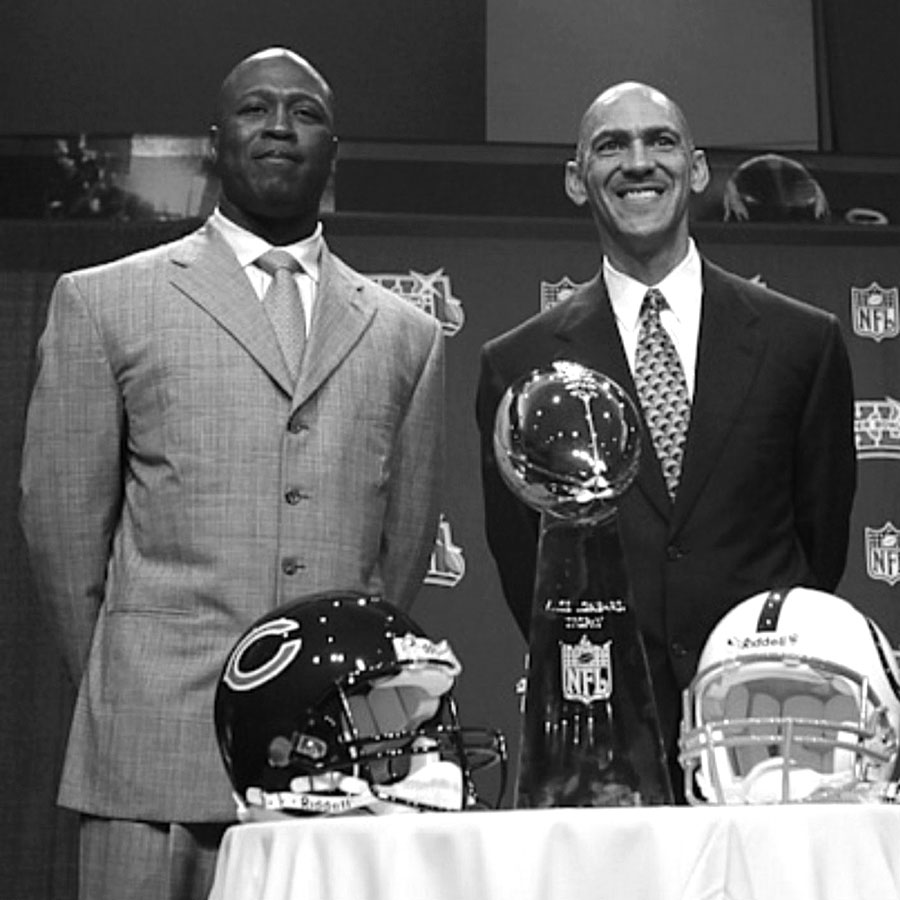
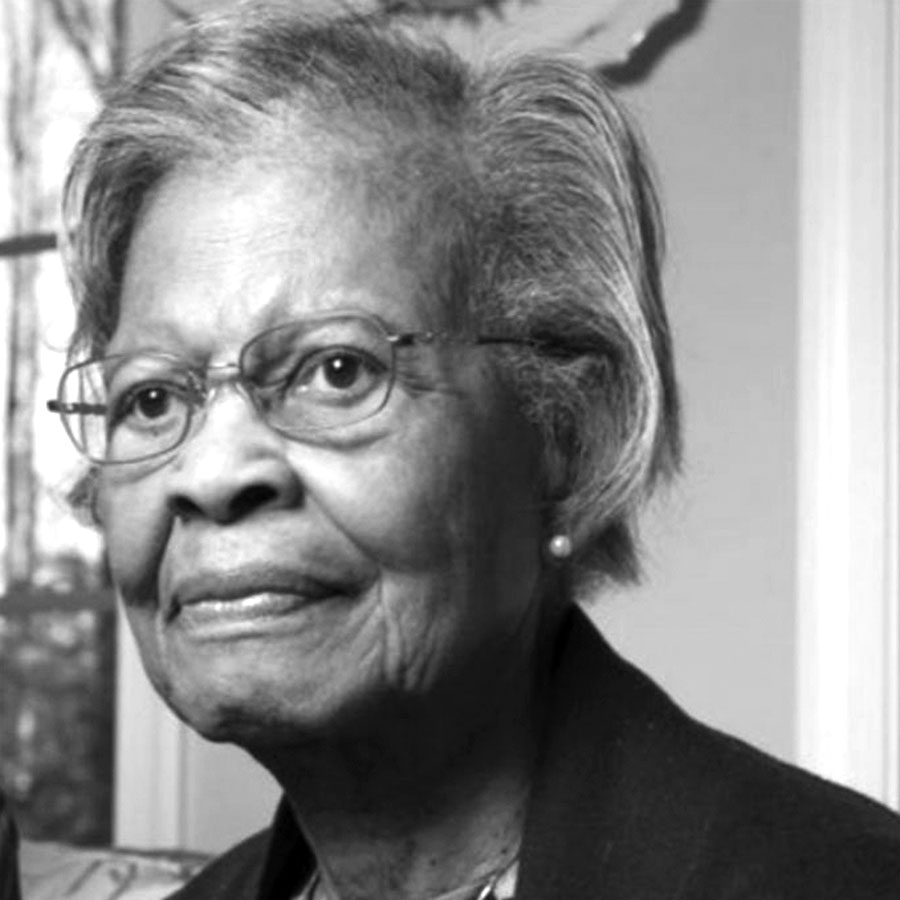
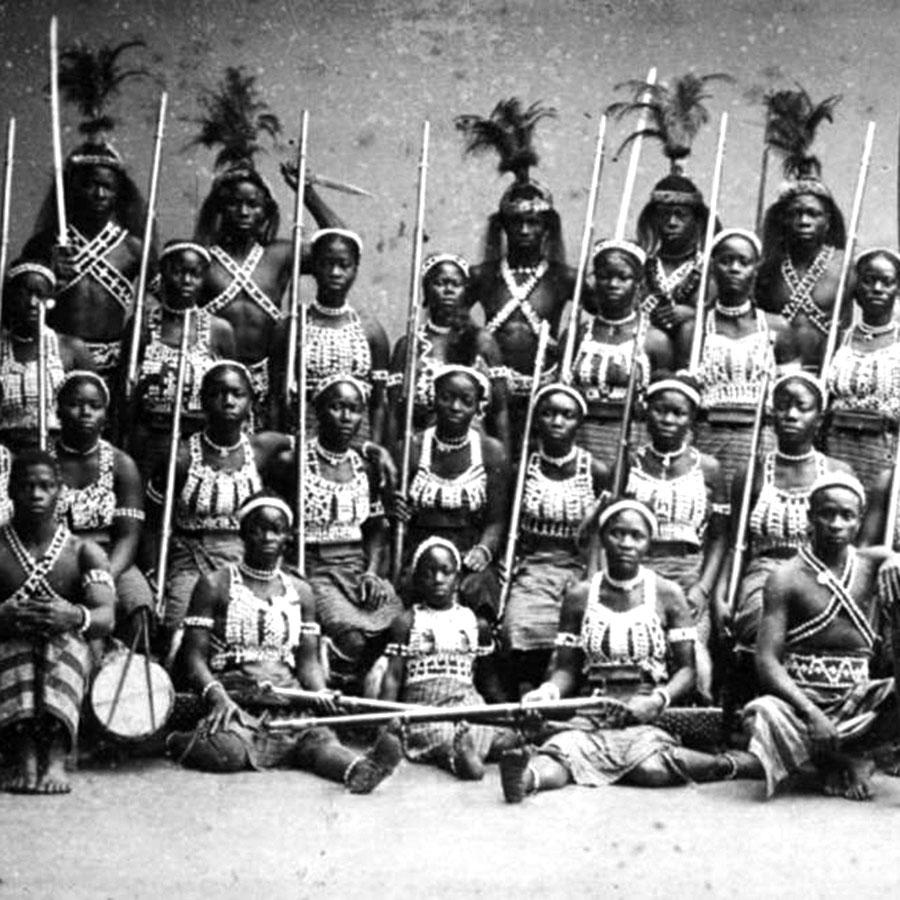
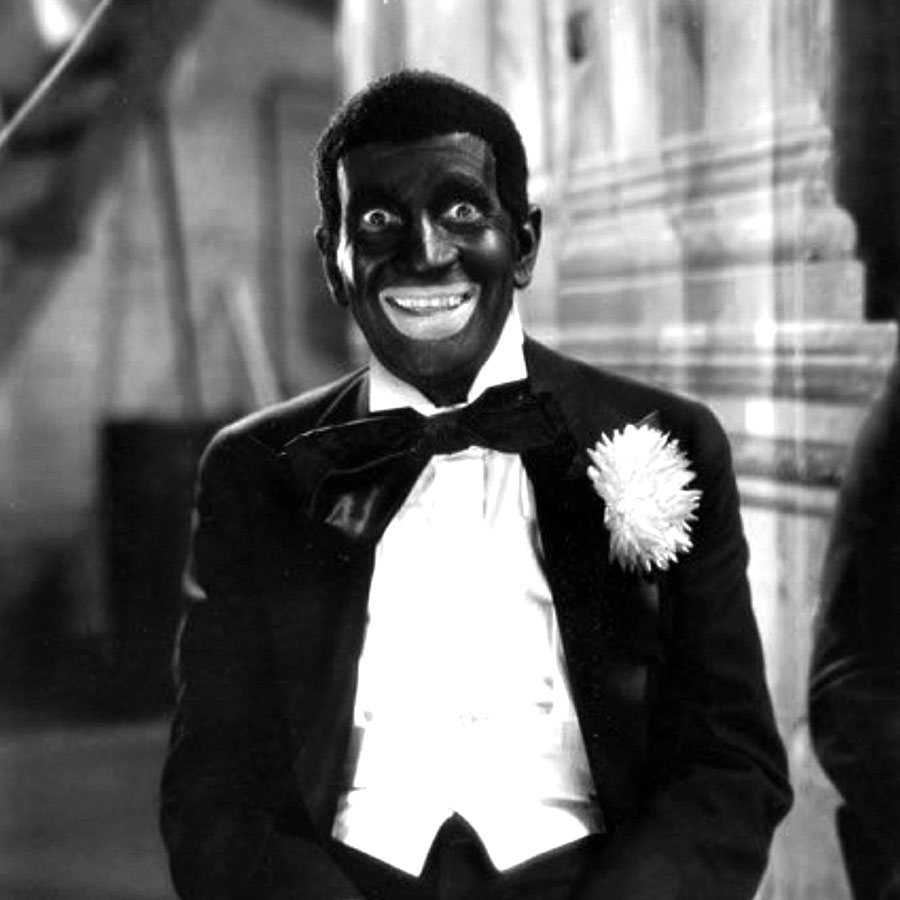
February 10: Black History Month 2018 Facebook Post
Few stories are more American than the trailblazing, sharpshooting, horseback-riding cowboy of American lore. Despite little to no attention being given in history books, newspapers or movies, 1 in 4 cowboys in America was African-American. In fact, the word “cowboy” is believed to have emerged as a derogatory term used to describe Black cowhands. Many slaves were taken from areas of Western Africa where cattle herding cultures had existed for millennia. This free skilled labor made cattle ranchers very wealthy. After the Emancipation Proclamation, many white landowners were stranded without the free labor they were so dependent on. Desperate for help, they hired many of these now freed “cowboys” to move their herds across states. African American cowboys were responsible for not only herding the cattle, but saddling and preparing all the horses each morning, preparing all the meals, and entertaining with songs at night. African-American cowboys faced discrimination in the towns they passed through as well. They were barred from eating at restaurants or staying in certain hotels. When railroads were able to make the moving of cattle much quicker and safer, many of the African American cowboys found fame in the rodeo and Wild Bill’s Wild West Shows. Some famous African American Cowboys were Nat Love (Deadwood Dick), John Ware, and Bill Pickett.
February 11: Black History Month 2018 Facebook Post
In 1933, the prestigious Golf Club, Augusta National opened. It is the home of the PGA Masters Tournament Championship. From it’s inception, Augusta National Golf Club had a ban on African-Americans joining the club. This ban wasn’t lifted until 1991. Little did they know, that if it weren’t for an African American, the game of golf would be much different. Hitting a golf ball became a lot easier after Dr. George Grant invented the first golf tee in 1899. Before Grant’s invention golfers carried buckets of sand from hole to hole and built up sand mounds from which to hit the balls. This led him to carve a wooden peg that could be pushed into the ground. He did not market nor sought money for his invention instead choosing to give them away to whomever wanted them. Yet, because his invention reached a small audience, he was not recognized for it for several decades. In 1991, nearly a century after his patent, the United States Golf Association finally gave Dr. Grant recognition for his contribution to the game of golf.
February 12: Black History Month 2018 Facebook Post
Nearly 200 years ago (1825), in New York, in what is now known as Central Park, once stood the largest community of free African-American property owners in antebellum New York. This site was known as Seneca Village. The village was built in a desirable location, with proximity to the Hudson River’s ample fishing opportunities and to a natural source of clean water at a nearby spring. The village’s residences ranged from one-room homes to three-story dwellings made of wood and brick, and there are records of three churches and one school in the village as well. Property ownership in Seneca Village provided an important gateway into democracy for African-American men. In 1821, New York State decreed that African-American men were required to possess $250 in property holdings and prove three years of residency in the state in order to be eligible to vote. Many residents became eligible to vote through land ownership in Seneca Village. By 1855, Seneca Village was home to approximately 250 residents and contained 70 houses. Through the 1830s and 1840s, Seneca Village continued to grow and came to include more Irish and German immigrants among its residents. But when the New York State legislature approved the creation of a “central park” in 1853 and designated the land on which it would be built, the future park’s footprint included the Seneca Village site. The public acquisition of private land began in 1856, and those owners living within the boundaries of the proposed park were compensated for their property. All of the residents moved from the land and the community never cohesively established itself in another location.
February 13: Black History Month 2018 Facebook Post
Blackface was a form of theatrical make-up used predominantly by non-black performers to represent a black person in shows. White audiences and theater venues in the 19th Century wouldn’t accept real black entertainers on stage, so white men would use burnt cork on a layer of cocoa butter or black grease paint on their faces with either exaggerated red or white lips. Blackface shows played a significant role in disseminating racist images, attitudes and perceptions about black people worldwide. The shows featured a variety of jokes, songs, dances and skits that were based on the ugliest stereotypes of African Americans. Black men were either portrayed as stupid, clumsy or savages. Black females were also played by white males and were often portrayed as dirty and unattractive. From 1840 to 1890, these shows were the most popular form of entertainment in America. These shows had such an effect on White America, that many whites who had very little contact with African Americans, were shocked when they actually met African Americans and they did not exhibit those characteristics they were accustomed to on the stage. As popularity in these shows faded, blackface saw a rebirth with the emergence of Vaudeville and films, an emergence that would last until the 1950’s. It should be noted that when black performers were allowed to perform on stage, they as well, were forced to perform in blackface. Blackface makeup was largely eliminated from stage and film with the emergence of the Civil Rights Movement. Blackface will always be associated with racism and bigotry. Many well-known entertainers of stage and screen also performed in blackface – including Al Jolson, Bing Crosby, Fred Astaire, Buster Keaton, Joan Crawford, Doris Day, Betty Grable, Laurel and Hardy, The Three Stooges, Mickey Rooney, Shirley Temple, and Judy Garland.
February 14: Black History Month 2018 Facebook Post
Loving v. Virginia, was a landmark civil rights decision of the United States Supreme Court which invalidated laws prohibiting interracial marriage in 1967. The case was brought by Mildred Loving, a black woman, and Richard Loving, a white man, who had been sentenced to a year in prison in Virginia for marrying each other. Their marriage violated the state’s anti-miscegenation (mixing of different races by marriage, cohabitation, or sexual relations) statute, and the Racial Integrity Act of 1924, which prohibited marriage between people classified as “white” and people classified as “colored.” The Supreme Court’s unanimous decision held this prohibition was unconstitutional, thus ending all race-based legal restrictions on marriage in the United States. Despite the Supreme Court’s decision, anti-miscegenation laws remained on the books in several states, although the decision had made them unenforceable. In 2000, Alabama became the last state to adapt its laws to the Supreme Court’s decision, by removing a provision prohibiting mixed-race marriage from its state constitution through a ballot initiative. 60% of voters voted for the removal of the anti-miscegenation rule, and 40% against. The decision is remembered annually on June 12th (Date of the Supreme Court Decision) as Loving Day.
February 15: Black History Month 2018 Facebook Post
Meet the Most Feared Women in History and inspiration for Wonder Woman. The Dahomey Amazons, as they were called by foreign observers, remain the only documented frontline female troops in modern warfare history. They were an elite fighting force in the Kingdom of Dahomey, in the present-day Republic of Benin. Only the strongest, healthiest and most courageous women were recruited for the meticulous training that would turn them into battle-hungry killing machines, feared throughout Africa for more than two centuries. Their training was so intense that upon completion, warriors became virtually impervious to pain. Warriors were also subjected to a rigorous insensitivity training, which enabled them to kill without conscience. This training included a solo 10-day expedition in the jungle without supplies, and only their machete. Because of this training, the Kingdom was dubbed the “Black Sparta.” Once selected, members were forbidden to marry or have children and swore complete allegiance to their King. Serving in the regiment offered women the opportunity to rise to positions of influence and power in the tribe. All were wealthy and held high status. These warriors were said to be twice as tough as the men, were often seen as the last (wo)men standing in battle, unless expressly ordered to retreat by their King, the Dahomey women fought to the death– defeat was never an option. Each male Dahomey soldier had a female warrior counterpart.They were armed with gleaming three-foot-long straight razors, each wielded two-handed and capable of slicing a man in half. During their reign, their numbers topped at 6,000. The troops were disbanded when the kingdom became a French protectorate. The last survivor of the Dahomey Amazons is thought to have been a woman named Nawi who died in November 1979, aged well over 100.
February 16: Black History Month 2018 Facebook Post
Ever heard the phrase “The Real McCoy?” Did you know it gets its origin from black inventor Elijah McCoy. In 1872, McCoy invented an automatic lubricator for oiling the steam engines of locomotives. This allowed trains to run faster and more efficiently with less need to stop for lubrication and maintenance. Although he owned the patent for his lubricator, many “knock offs” were also being produced which often failed or resulted in human injury. Due to this, machinery buyers insisted on McCoy lubrication systems when buying new machines and would take nothing less than what became known as “The Real McCoy.”
February 17: Black History Month 2018 Facebook Post
The Negro Motorist Green Book (aka The Green Book), named after it’s publisher Victor Green. The Green Book identified and reviewed hotels, restaurants, and gas stations that catered to African Americans during the time of Jim Crow laws and racial segregation. It was very popular with families trying to protect their children from the embarrassment of being kicked out or not permitted entry somewhere while traveling. African-American families seldom left home without it. It ceased being published after the Civil Rights Act was passed in 1964. Unfortunately, recently social media has become the modern Green Book, with the hashtags: #AirbnbWhileBlack and #TravelingWhileBlack warning African American travelers of racist experiences while traveling across America. #BlackHistoryMonth
February 18: Black History Month 2018 Facebook Post
Esther Jones was the real Betty Boop. The iconic cartoon character Betty Boop was inspired by a Black jazz singer in Harlem. Introduced by cartoonist Max Fleischer in 1930, the caricature of the jazz age flapper was the first and most famous sex symbol in animation. Betty Boop is best known for her revealing dress, curvaceous figure, and signature vocals “Boop Oop A Doop!” While there has been controversy over the years, the inspiration has been traced back to Esther Jones who was known as “Baby Esther” and performed regularly in the Cotton Club during the 1920s. Baby Esther’s trademark vocal style of using “boops” and other childlike scat sounds attracted the attention of actress Helen Kane during a performance in the late 1920s. After seeing Baby Esther, Helen Kane adopted her style and began using “boops” in her songs as well. Finding fame early on, Helen Kane often included this “baby style” into her music. When Betty Boop was introduced, Kane promptly sued Fleischer and Paramount Publix Corporation stating they were using her image and style. However video evidence came to light of Baby Esther performing in a nightclub years before Kane’s act, and the courts ruled against Helen Kane stating she did not have exclusive rights to the “booping” style or image, and that the style, in fact, pre-dated her. Baby Esther’s “baby style” did little to bring her mainstream fame and she died in relative obscurity but a piece of her lives on in the iconic character Betty Boop.
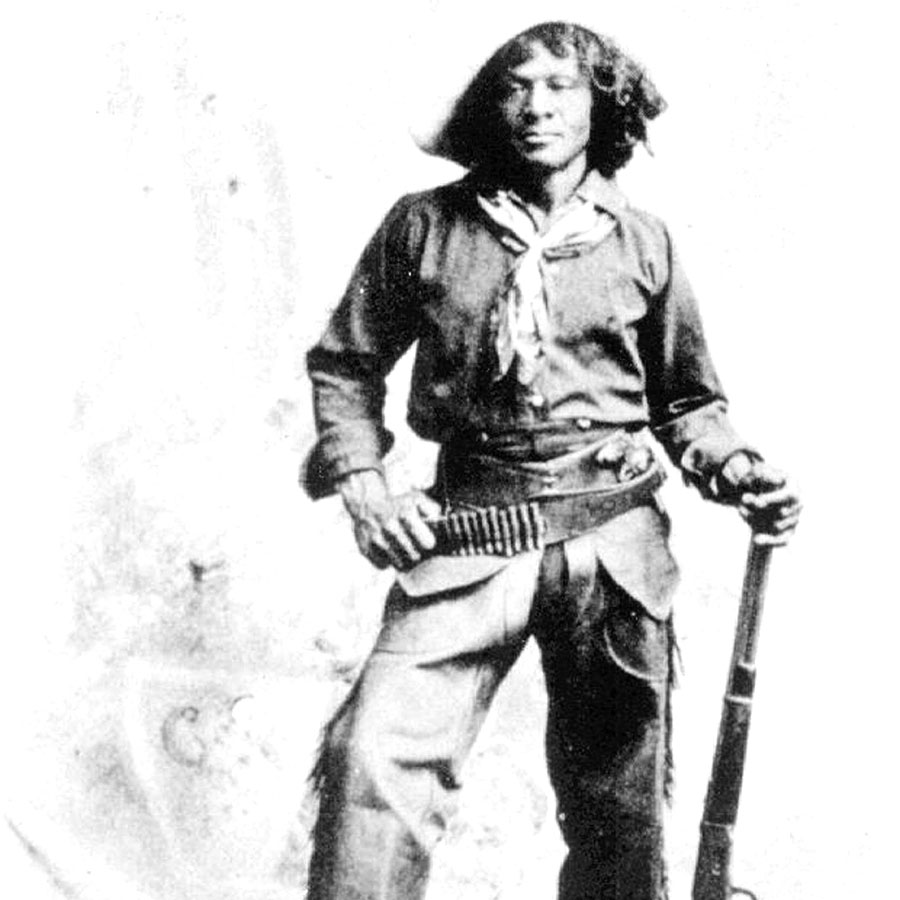
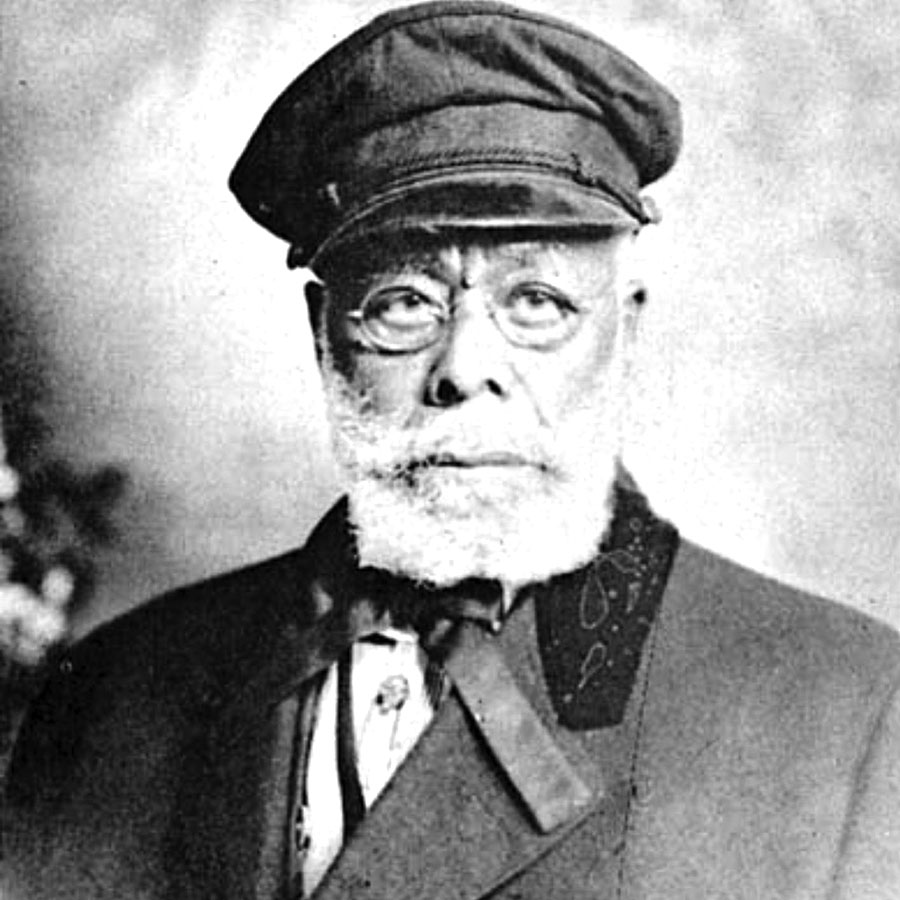
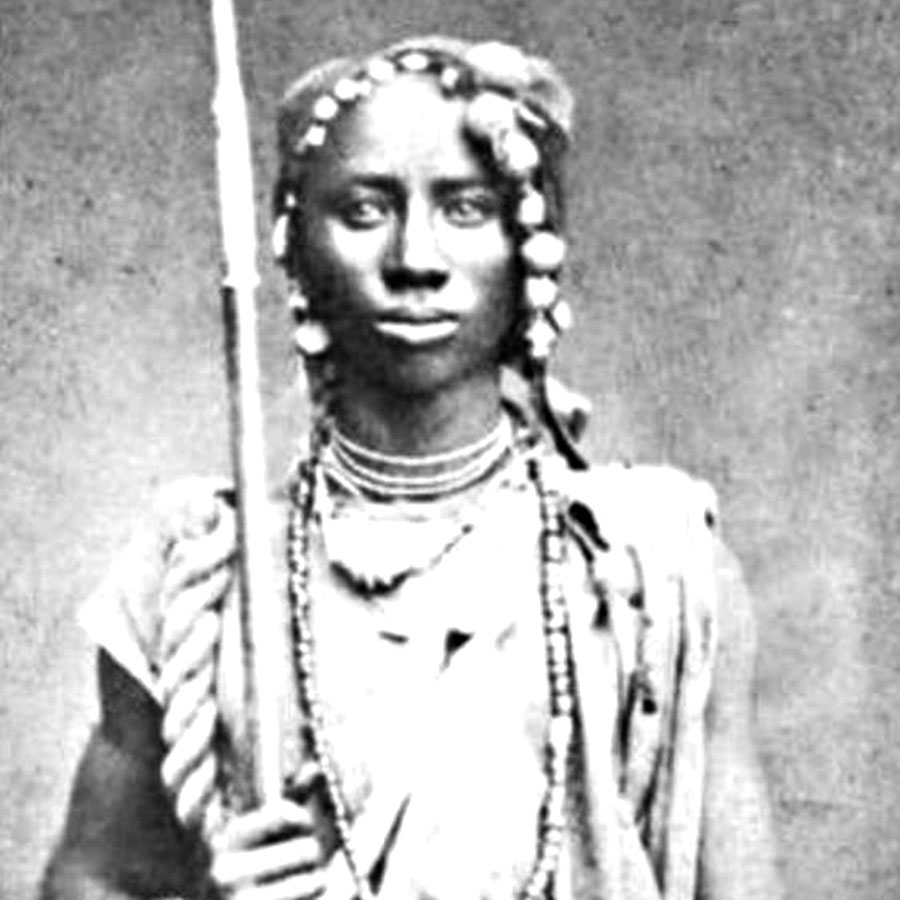
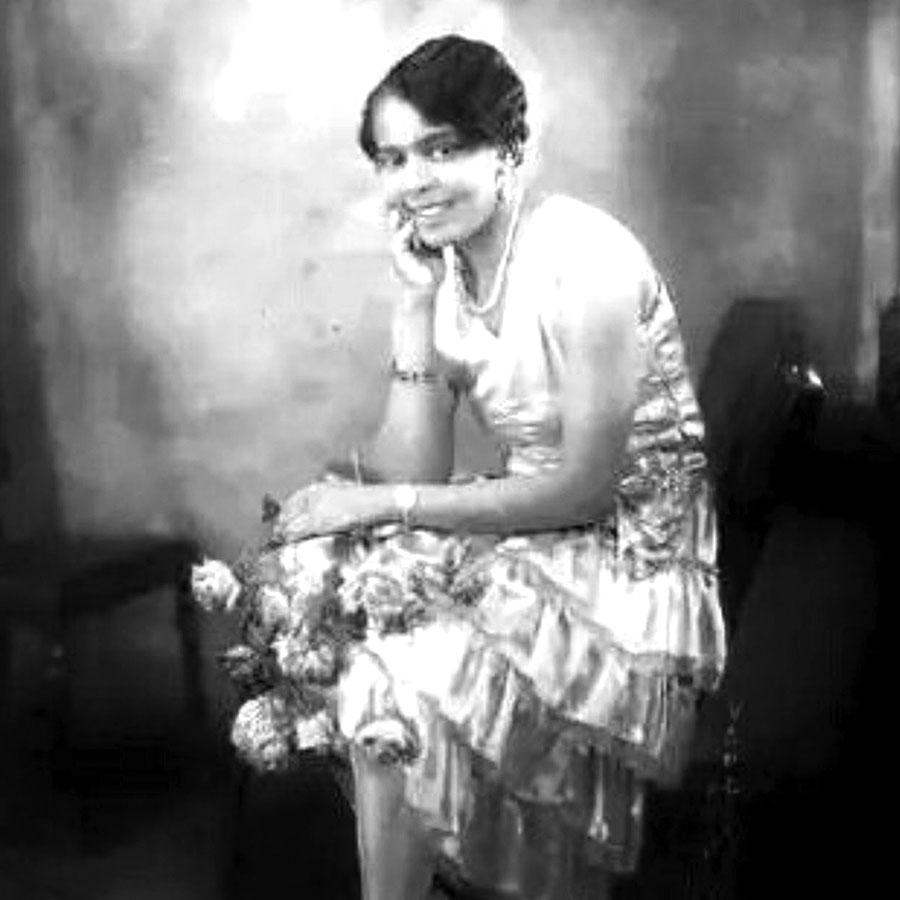
February 19: Black History Month 2018 Facebook Post
Mary Fields, also known as Stagecoach Mary, was the first African-American woman employed as a mail carrier in the United States, and just the second American woman to work for the United States Postal Service. Fields stood 6 feet tall, liked to smoke cigars, and usually had a pistol strapped under her apron and a jug of whiskey by her side. Fields was born a slave, but was freed when slavery was outlawed in 1865, where she headed west to the town of Cascade, Montana. In 1895, although approximately 60 years old, Fields was hired as a mail carrier because she was the fastest applicant to hitch a team of six horses. She drove the route with horses and a mule named Moses. She never missed a day, and her reliability earned her the nickname “Stagecoach.” (for her ability to deliver on a regular schedule). If the snow was too deep for her horses, Fields delivered the mail on snowshoes, carrying the sacks on her shoulders. Fields was a respected public figure in Cascade, Montana, and on her birthday each year the town closed its schools to celebrate. When Montana passed a law forbidding women to enter saloons, the mayor of Cascade granted her an exception. Mary Fields died of liver failure in 1914. Neighbors buried her in the Hillside Cemetery in Cascade, marking the spot with a simple wooden cross which still exists today. In 1959, actor and Montana native Gary Cooper wrote an article for Ebony magazine in which he said, “Born a slave somewhere in Tennessee, Mary lived to become one of the freest souls ever to draw a breath, or a .38.”
February 20: Black History Month 2018 Facebook Post
During the time of slavery, new mothers had far fewer options for food for their babies. Because of rampant childhood diseases and the absence of many other options of sustenance for infants, breast milk played a vitally important role in the development of society and families. Many slaveholding women designated enslaved women to be wet nurses for their newly born white children. The decision of these women to borrow, hire, or buy enslaved wet nurses often broke the already fragile, yet sacred bonds enslaved mothers had with their own children, and caused familial trauma within enslaved communities. Enslaved women were forced to stop nursing their own infants to care for the master’s infants. This practice allowed the offspring of white masters to reap the benefits of breastfeeding while denying or limiting those health advantages to slave infants. This also contributed to the extremely high infant mortality rate among enslaved infants.
February 21: Black History Month 2018 Facebook Post
I would like to introduce you to Bass Reeves (1838-1910), the first African American to receive a commission as a Deputy U.S. Marshal in 1875. Born a slave, Reeves escaped from his master’s plantation and sought refuge with the Creek & Seminole Indians until the slaves were freed by the Emancipation Proclamation. Due to his familiarity with the Indian Territory and his ability to speak several Native Languages, he was commissioned as a Deputy U.S. Marshal in Oklahoma in 1875. Reeves stood 6’2” tall, always wore a large black hat, boots polished to a gleaming shine, & always wore two Colt pistols, butt forward for a fast draw. During his 32 year career, he had arrested over 3,000 felons, and still holds the record for the largest number of outlaws caught singlehandedly at one time (19). Legend has it that many fugitives turned themselves in once they learned that Reeves had their warrants. The legendary lawman was eventually removed from his position in 1907, when Oklahoma gained statehood. As an African-American, Reeves was unable to continue in his position as deputy marshal under the new state laws. He died in 1910 from Bright’s disease and although he was buried in Muskogee, Oklahoma, the exact location of his grave is unknown. Because he always worked alone and was friendly with the Native population, historians believe that Reeves was the inspiration for the fictional character The Lone Ranger.
February 22: Black History Month 2018 Facebook Post
Information Wanted Ads. In the waning years of the Civil War, “Information Wanted” advertisements began appearing in newspapers around the country. During slavery it was common for enslaved families to be separated, through the sale of one or more family members. A slaveowners’ wealth lay largely in the people they owned, therefore, they frequently sold and or purchased people as finances warranted. This resulted in mothers, fathers, and children being sold to plantations around the state or even to other states. When slavery ended it opened up an opportunity for people who had either lived their lives as fugitives, or who were recently freed, to begin the long process of trying to find family members that had been sold off. These ads named names, places, and dates in hopes of shedding some light on the whereabouts of loved ones. These ads were just a few lines, but, in those few lines, a snapshot of a family that lived together and existed as a unit, could be seen. These ads were still being published up until 1910, half a century after the Emancipation Proclamation.
February 23: Black History Month 2018 Facebook Post
Did you know an American slave was responsible for the spread of French cuisine to America, including creme brûlée, meringue, whipped cream and macaroni & cheese? James Hemings was born in 1765 and legally became Thomas Jefferson’s property in 1774. He was an older brother of Sally Hemings and a half-sibling of Thomas Jefferson’s wife Martha. James benefitted from the special status accorded by Thomas Jefferson to many members of the Hemings family. He received better apparel than other slaves and was assigned to household duties rather than to work in the fields. At age 19, Jefferson brought Hemings with him to France, where he trained at the elite kitchen of the historic Château de Chantilly. James learned quickly and in 1787 became the Chef de Cuisine at the Hôtel de Langeac which was Thomas Jefferson’s private residence on the Champs-Elysées. He received wages, albeit half those of the previous Chef, and used a portion to pay a tutor for French lessons. Upon returning to the States, he served as a personal Chef for Jefferson and was known for his “macaroni pie,” which we now know as macaroni and cheese. In addition, he also introduced crème brulee, meringue and other French cuisines to America. In 1793, he was granted his freedom by Thomas Jefferson and left an inventory of kitchen utensils and a few recipes. Today I honor one of the Founding Foodies.
February 24: Black History Month 2018 Facebook Post
We don’t know their last names, and many of us have never heard their first names, and our history has neglected them and the role that Black women have played in the advancement of medicine in America. They are Betsey, Anarcha, & Lucy. They were the women whose bodies were used by physician J. Marion Sims for study and experiment. Trials and attempts that would eventually make him the “Father of modern gynecology.” Dr. Sims opened a clinic in Montgomery, Ala. and to stay afloat monetarily, he started doing work on plantations, providing medical care to slaves. But during that time, he came across captive women who had what we now know as obstetric fistulas (an opening , which usually comes after traumatic childbirth). Dr. Sims decided to do tests on three slaves – Betsey, Anarcha, and Lucy. They were painful procedures, often done without anesthesia. Sims did more and more of these procedures, conducting them in front of groups of medical professionals. The women had no say in being naked and experimented on in front of others. To make matters worse, the surgeries were not successful early on, resulting in tearing, and even more pain. Sims did these experiments from 1846 to 1849. After 30 procedures on Anarcha he was able to perfect his technique. This procedure helped him succeed greatly in the medical field. He became President of the American Medical Association and a member of the New York Academy of Medicine. He became a renowned surgeon, and statues were eventually erected in his honor. Invisible in his shadow are the enslaved women on whom he experimented. Today I honor Betsey, Anarcha, & Lucy – The Mothers of Modern Gynecology.
February 25: Black History Month 2018 Facebook Post
Before Elvis, Little Richard and Johnny Cash swiveled their hips and strummed their guitars, Sister Rosetta Tharpe, the godmother of rock ‘n’ roll, would create a musical style that would turn into an international sensation. Tharpe came from a family of religious singers, cotton pickers and evangelists. She picked up the guitar at four years old, and at the age of six, was performing with a traveling evangelist troupe in churches around the South. Tharpe was a pioneer in her guitar technique, she was among the first popular recording artists to use heavy distortion on her electric guitar. She fused Delta blues, New Orleans jazz and gospel music into what would become her signature style. Although Tharpe’s distinctive voice and unconventional style attracted fans, it was still the mid-1930s and female guitarists were rare and institutional racism was still rampant. On tour, all restaurants and hotels were still segregated, so Tharpe slept on buses. She went around the back end of restaurants to pick up food because they wouldn’t let her in. Despite this, she gained a celebrity status and even became a legend amongst black soldiers fighting in World War II. Tharpe’s performances were curtailed by a stroke in 1970, after which one of her legs was amputated as a result of complications from diabetes. On October 9, 1973, the eve of a scheduled recording session, she died in Philadelphia, Pennsylvania as a result of another stroke. While Tharpe has historically been overlooked in rock ‘n’ roll history, she influenced a generation of musicians including Aretha Franklin, Chuck Berry, Little Richard, Elvis Presley, Jerry Lee Lewis, Neil Sedaka, Karen Carpenter, Isaac Hayes, and Johnny Cash. In fact, when Johnny Cash gave his induction speech at the Rock n Roll Hall of Fame, he referred to Tharpe as his favorite singer when he was a child. On December 13, 2017, Tharpe was chosen for induction into the Rock and Roll Hall of Fame.
February 26: Black History Month 2018 Facebook Post
In the early years of the Kentucky Derby most of the riders, trainers and groomers were Black. Blacks held key positions from jockeys to trainers to racing stable owners. Overall, 15 of the first 28 Kentucky Derby winners were ridden by Black jockeys, 5 were trained by Black trainers, and one had the first and only Black owner. Oliver Lewis was the first winner of the inaugural “Run for the Roses” on the winning horse, Aristides, on May 17, 1875. On that day, Lewis raced against a field of 15 competitors, only one of which was White. Isaac Murphy was the first jockey to win three Kentucky Derbies in 1884, 1890 and 1891. Murphy won 628 of his 1,412 starts during his career, a 44% victory rate that has never been duplicated by any American jockey since. Ed Brown trained 1877 Kentucky Derby winner Baden-Baden, becoming one of the most successful trainers of championship horses in derby history. Willie Simms is the only African-American jockey to win all three of the Triple Crown events. He is also the first American jockey to win at an English race course with an American horse and is also known for teaching the short stirrup style of riding to English racers. Simms won over 1,100 races during his 14 year career. After years of success, Black men began getting fewer jobs on the racetrack, losing promotions and opportunities to ride top horses, once White jockeys started to openly demand segregated competition. So ended the reign of the Black jockey. In 2000, Marlon St. Julien was the first African-American jockey to ride in the Kentucky Derby in 79 years.
February 27: Black History Month 2018 Facebook Post
Human Zoos. In the late 19th and early 20th centuries, scientists were so fascinated by race that numerous African indigenous people were “kidnapped,” and put on display in human zoos in America. They were caged and displayed in a makeshift “natural habitat.” These human zoos were very popular and shown at fairs across the country, where they drew audiences in the millions. One of the exhibits featured Ota Benga, a Mbuti pygmy whose teeth were filed into sharp points and was placed on display at the St. Louis Zoo’s Monkey House as the missing link between ape & man. The crowds gawked, jeered and threw mud pies at him. He eventually was transferred to the Bronx Zoo in New York. At the Bronx Zoo, he shared a cage with an orangutan and was put on display every afternoon in September. Eventually, public pressure from civil rights and church groups ended the practice of human zoos in America. Ota was eventually released, but six years later he tragically took his own life after being unable to assimilate into American life. Worldwide the practice of Human Zoos ended in 1958.
February 28: Black History Month 2018 Facebook Post
Dr. Samuel Lee Kountz, Jr. was an African-American surgeon. He was most distinguished for his pioneering work in the field of kidney transplantations, and in research, discoveries, and inventions in Renal Science. In 1961, while working at the Stanford University Medical Center, he performed the first successful Kidney transplant between humans who were not identical twins. Six years later, he and a team of researchers, developed the prototype for the Belzer kidney perfusion machine, a device that can preserve kidneys for up to 50 hours from the time they are taken from a donor’s body. It is now standard equipment in hospitals and research laboratories around the world. Unfortunately, in 1977 he contracted an unknown disease while in South Africa, which caused serious brain damage. Samuel Kountz died on December 23, 1981. He was 51. As a kidney transplant recipient, I owe my life to Dr. Kountz. On this last day of Black History Month I honor Dr. Kountz, all the organ donors, transplant families, surgeons, nurses, and transplant coordinators that save lives every day. Please take the time to register to become an organ and Donate Life. #BlackHistoryMonth #donatelife
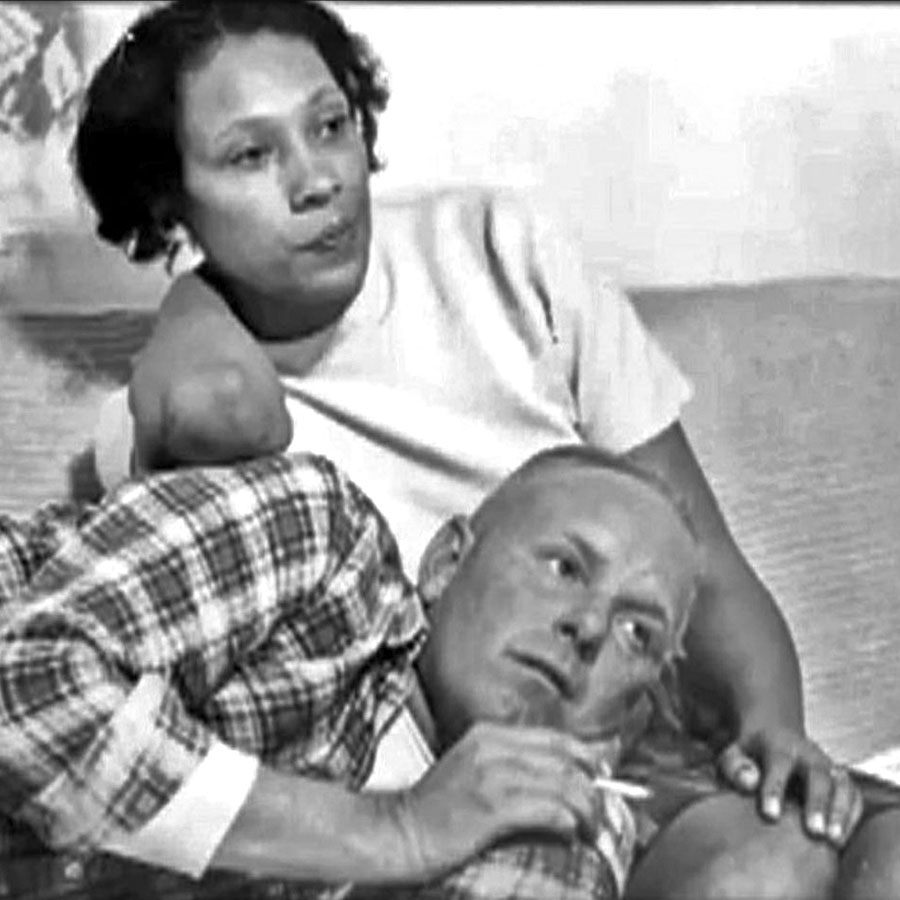
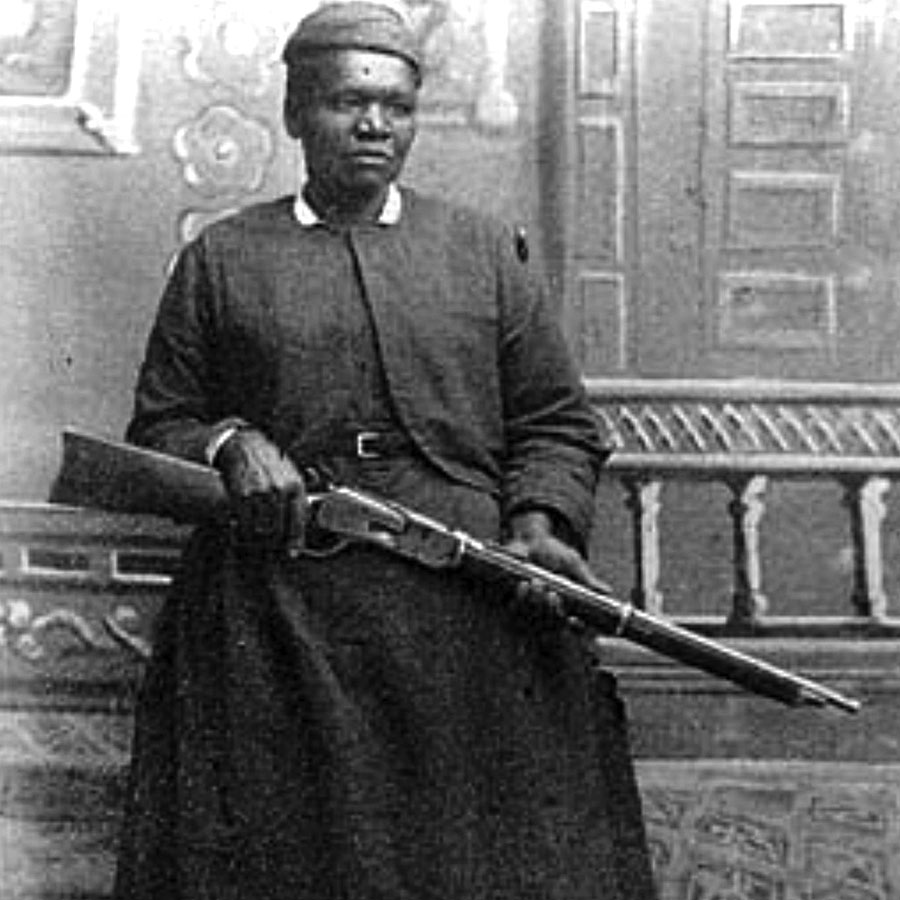
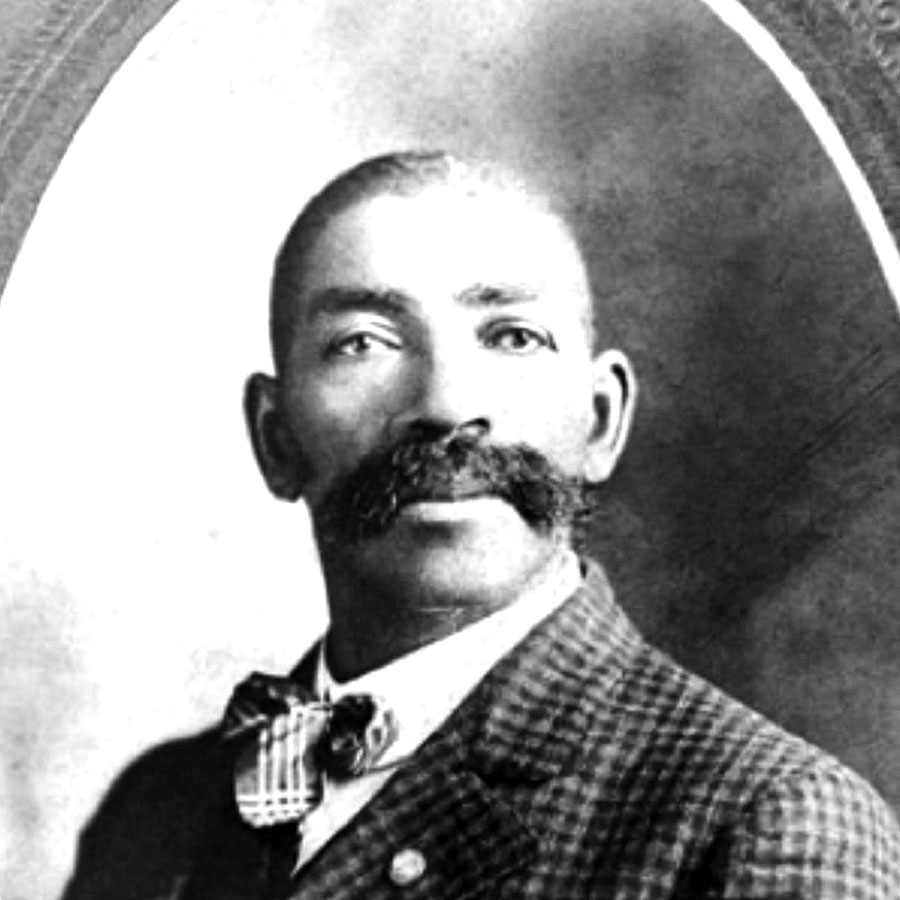
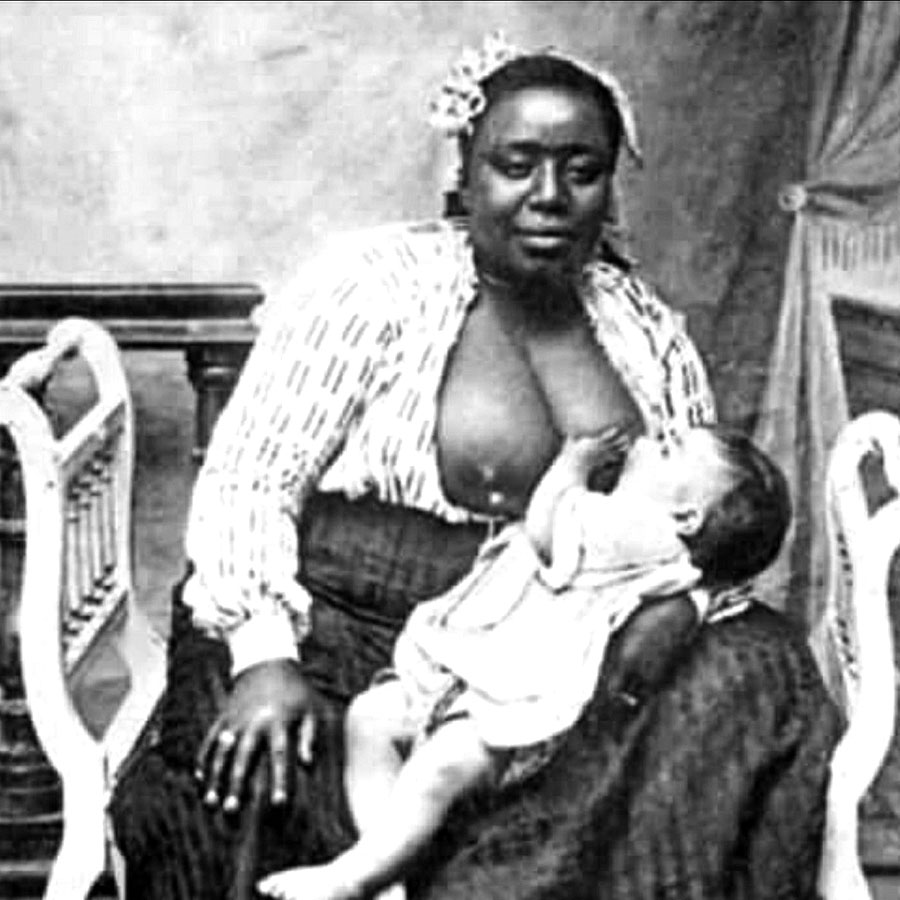
Written By
Honorable Judge Derek Mosley

